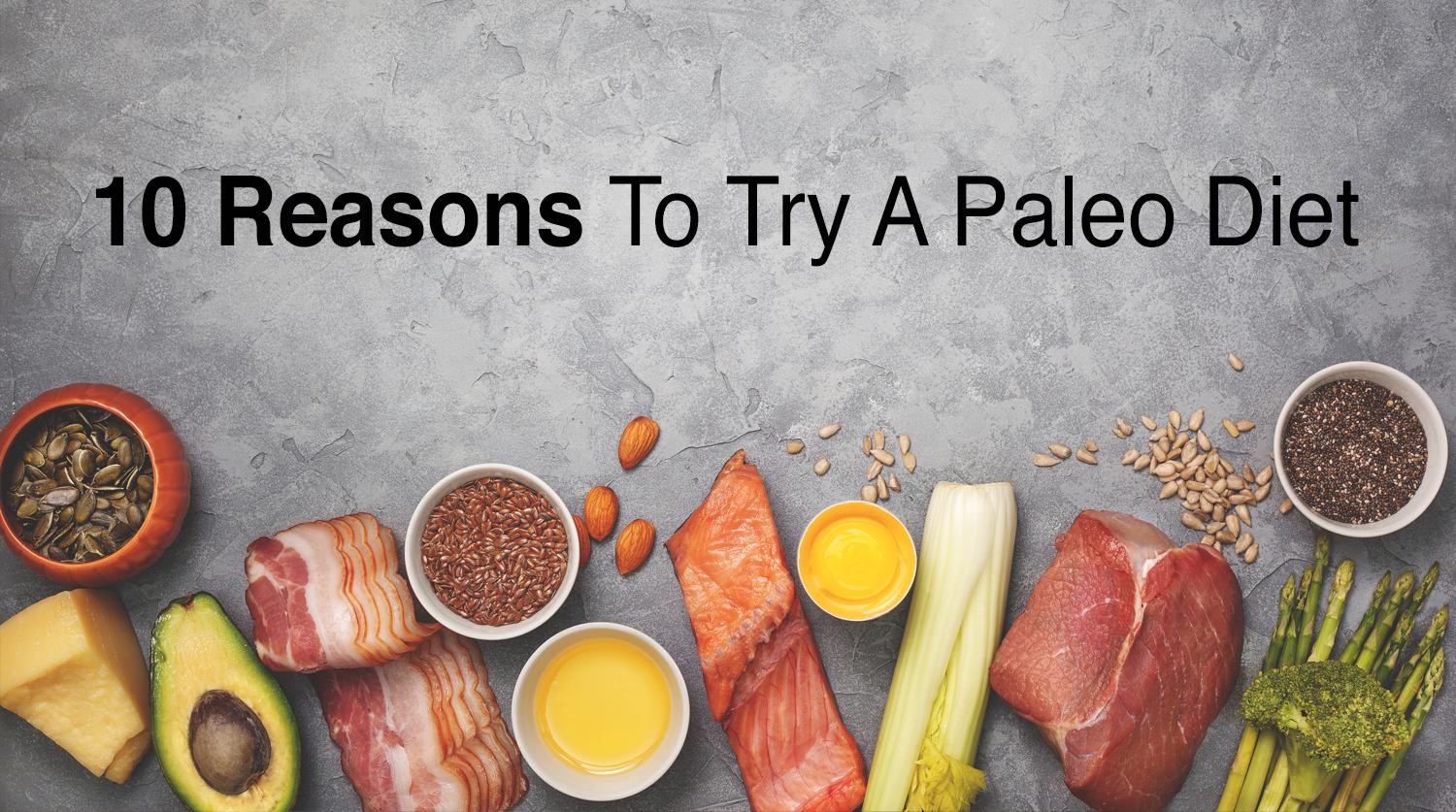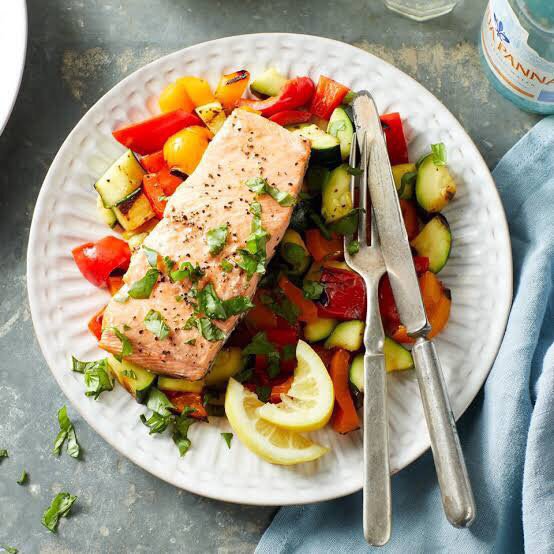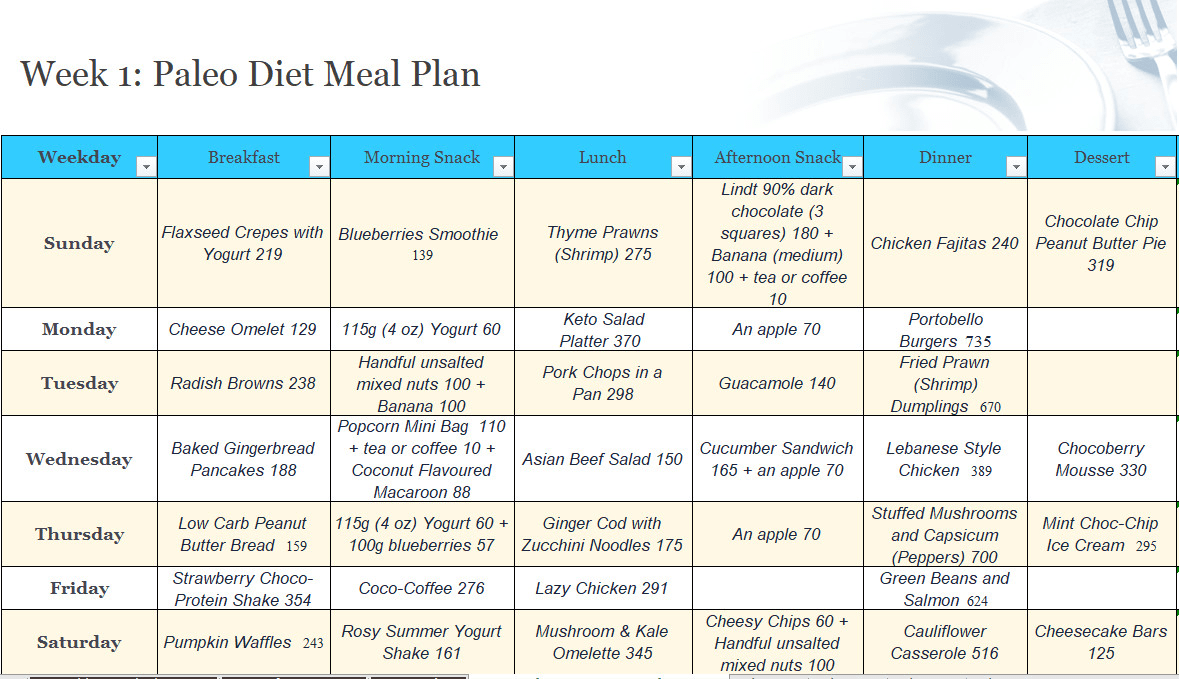
You may be asking yourself, "Who developed the Paleo diet?" Well, the answer is Dr. Loren Cordain, an American scientist who specializes in exercise physiology and nutrition. Among other things, he is one of the most prominent advocates of the Paleo diet. But which of these two men should you believe? Or is this simply another myth? Continue reading to learn more about this amazing diet!
Dr. Loren Cordain
Paleo is a lifestyle plan that promotes eating foods that our hunter/gatherer ancestors consumed millions of years ago. It's controversial. The Paleo diet is based upon research into the Stone Age diet. This diet is low in sodium but high in potassium. High salt intake is linked to many modern diseases. Dr. Cordain states that it is possible to avoid many illnesses by eating like our caveman forefathers.
Cordain is an authority on nutrition and human development. He has published many scientific articles. His research has been featured across a variety of media outlets, including Dateline NBC (New York Times front page) and The New York Times. His books and newsletters are well-known. Check out these resources for more information on the Paleo diet.
The Paleo Diet is divided into three levels: the basic, intermediate and advanced. At the lowest level you will eat fewer "open" foods and consume more foods that are prohibited to you. You can eat legumes, other seeds, but only in moderation. At the top level, you can consume up to 20 meals a week and 20 snacks. The diet is recommended for a lifetime if you want to live long and prosper.

The diet is based around the idea that hunter gatherers have high protein intakes. However, Cordain cites research to support his theory by using an ethnographic atlas of 229 hunter-gatherer societies. According to his research, 73% of them got more than 50% of their energy from animal foods and only 14 percent ate plants. Cordain's findings are refuted in Am. J. Clin. Nutr. 71:665-667.
Although Dr. Cordain's hypothesis may sound appealing, there are many strong counterarguments. Cordain claims that eating low amounts of fat and carbs can increase cancer risk. But the evidence doesn't support his claim. The diet's benefits far outweigh the drawbacks. Cordain's study, however, does not prove that the diet is perfect.
Walter Voegtlin
Paleolithic food is a way of eating which has been around at least 35 years. Walter Voegtlin (gastroenterologist) developed the Stone Age Diet after studying human dietary habits. He found that the diet was helpful for people with common digestive problems. The diet also has many health benefits, including improved brain function and a decreased risk of colon cancer.
Voegtlin's diet was based on the idea that humans evolved as carnivores. We should also do the same. He believed that humans are genetically similar to dogs and sheep, and should therefore eat a carnivorous diet. The diet advocates point to modern data, which is mixed, but generally positive. Modern humans have not been able to adapt to the paleo lifestyle as well as animals ten thousand year ago.
Walter Voegtlin's book, "The Real Diet of Man", demonstrates the effectiveness of the diet by examining the chemical structure of food. This book also highlights low glycemic foods, high fiber, and balanced essential fatty acids. The book focuses only on foods that can make your body work at its best. Ted Slanker and Walter Voegtlin have been writing about the foundations of nutrition research since 1995. Moreover, they distill complex studies into the basic nutrients for human health.

The Paleo diet does not allow for certain food groups, such as processed foods, sugar, salt and grains. Due to their grain-fed diets, certain animals are not suitable. Furthermore, modern fruits and veggies are different than those consumed during paleolithic time. Some Paleo diet advocates cite studies that only have a few subjects and are short-term. These studies are not supportive of the Paleo Diet as a whole.
A study of animal diets is required because the Paleolithic diet is heavily dependent on animal protein. While Paleolithic diets did not include vegetarian foods, they still have an influence on modern people. Many of these researchers believe animals did not eat entirely vegetarians or vegans. It is possible to improve your cardiovascular health by eating more meat, fat, and other animal products.
FAQ
Is there a better way to learn to make delicious meals?
Cooking should be something everyone can do. You'll miss out on delicious meals if your skills are not up to par. The first thing you need to do when learning to cook is to find a recipe that you like and follow it closely. Next, you'll want to practice making small changes to the recipe until you feel comfortable making the dish yourself. You can also try cooking for other people. You will learn a lot and be able to show off your cooking skills.
Can I cook with my family?
Yes! Kids love to help in the kitchen. It's a great way to teach responsibility and teamwork. You can have your children help you with everything, from washing vegetables to cutting onions. They will enjoy helping you to cook if your children are safe with knives.
What are the benefits to using a slow cooker
Slow cookers allow you to make delicious meals with minimal effort. Slow cooker recipes are healthier than traditional ones because they use less oil and fat. In addition, slow cooker recipes are convenient because they take care of themselves while you sleep.
How Much Does It Cost to Study Culinary Arts?
You will find that the price to study culinary arts is variable. A four-year degree usually costs around $40,000. A two-year associate's program may be less expensive at $5,000. Tuition costs vary depending on which program you choose. The tuition rates for private institutions are usually higher than those of public universities.
Statistics
- In the United States, the category is estimated at $23.2 billion annually and is growing faster than the market. (washingtonpost.com)
- The median pay for a chef or head cook is $53,380 per year or $25.66/hour, according to the U.S. Bureau of Labor Statistics (BLS). (learnhowtobecome.org)
- You'll be amazed that over 90% of CIA students receive scholarships and grants to finish their culinary studies. (ischoolconnect.com)
External Links
How To
How to cook steak
The thickness and cooking method of any kind of meat will affect the way it is cooked. For example, thinner steaks are best cooked over low heat, while thicker ones need higher temperatures.
Don't overcook them as they will lose flavor. You should always remove the steak from the skillet when it's done. This will prevent you from burning yourself.
Cooking time will depend on the size of your steak and the desired level of doneness. Here are some guidelines:
Medium Rare: Cook until medium rare, which means the internal temperature reaches 145degF (63degC). This takes between 3 and 5 minutes per side.
Medium: Cook to medium (or until the internal temperature reaches 160degF/71degC). This usually takes about 6 minutes per side.
You are done when the internal temperatures reach 180°F (82°C). This typically takes 8-12 minutes per side.